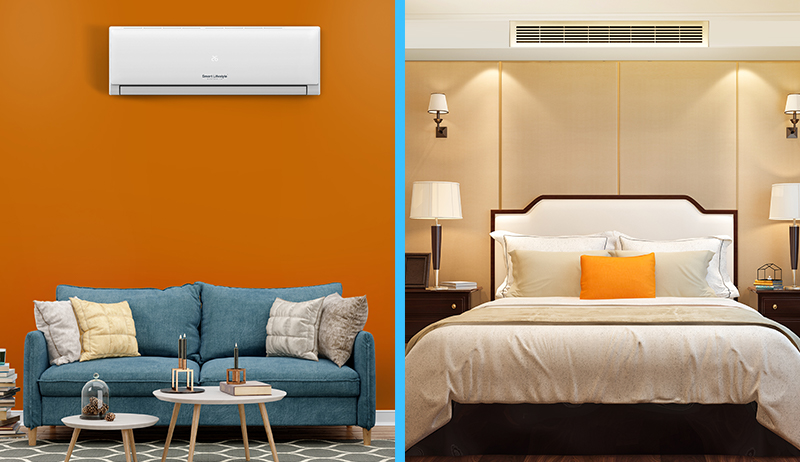Renewable Energy
Astrophysics and Theology
 At left are the words of Neil deGrasse Tyson, noted astrophysicist and atheist.
At left are the words of Neil deGrasse Tyson, noted astrophysicist and atheist.
His point here seems to be that a loving god would protect us from the threats we face from all corners of the universe.
This is a very common theme in theology: How is it possible that a loving god doesn’t help good people, while allowing evil to prosper?
But it gets worse. Is it a human concept to sentence the unfaithful to suffer eternal torture? Should unfaithful wives be stoned to death?
The list goes on and on.
Renewable Energy
Discussion on Gun Control
 The message at left is that we live among people who believe that every U.S. citizen should be armed at all times. Every teacher, real estate agent, pastry chef, little old lady, and perhaps even our kids themselves, so often murdered by lunatics with assault rifles.
The message at left is that we live among people who believe that every U.S. citizen should be armed at all times. Every teacher, real estate agent, pastry chef, little old lady, and perhaps even our kids themselves, so often murdered by lunatics with assault rifles.
I can hear the Lt. Colonel saying, “The only thing that will stop a psychotic killer with an AR-15 in a schoolroom is a six-year-old with a gun.”
Seriously, there is an important fact here: each year, the United States has 78% of the world’s mass shootings; the other 22% are the aggregate of the other 200+ nations of the world.
Are more guns the answer?
Renewable Energy
Moronocracy
 Quite possibly the single most offensive part of the Trump presidency is that the White House has gone to a great deal of effort to find the very most incompetent people to fill the government’s important positions.
Quite possibly the single most offensive part of the Trump presidency is that the White House has gone to a great deal of effort to find the very most incompetent people to fill the government’s important positions.
We have an anti-science crackpot in change of our healthcare, a climate denier heading up the EPA, and an alcoholic Fox News commentator running the most powerful military in human history.
-
Climate Change4 months ago
Guest post: Why China is still building new coal – and when it might stop
-
Greenhouse Gases4 months ago
Guest post: Why China is still building new coal – and when it might stop
-
Climate Change2 years ago
Spanish-language misinformation on renewable energy spreads online, report shows
-

 Greenhouse Gases2 years ago
Greenhouse Gases2 years ago嘉宾来稿:满足中国增长的用电需求 光伏加储能“比新建煤电更实惠”
-
Climate Change Videos2 years ago
The toxic gas flares fuelling Nigeria’s climate change – BBC News
-

 Climate Change2 years ago
Climate Change2 years ago嘉宾来稿:满足中国增长的用电需求 光伏加储能“比新建煤电更实惠”
-

 Carbon Footprint2 years ago
Carbon Footprint2 years agoUS SEC’s Climate Disclosure Rules Spur Renewed Interest in Carbon Credits
-
Climate Change2 years ago
Why airlines are perfect targets for anti-greenwashing legal action





